Have you thought about growing your own plants from seed for your garden this year? Do you find yourself wondering if you should? Or why you should?
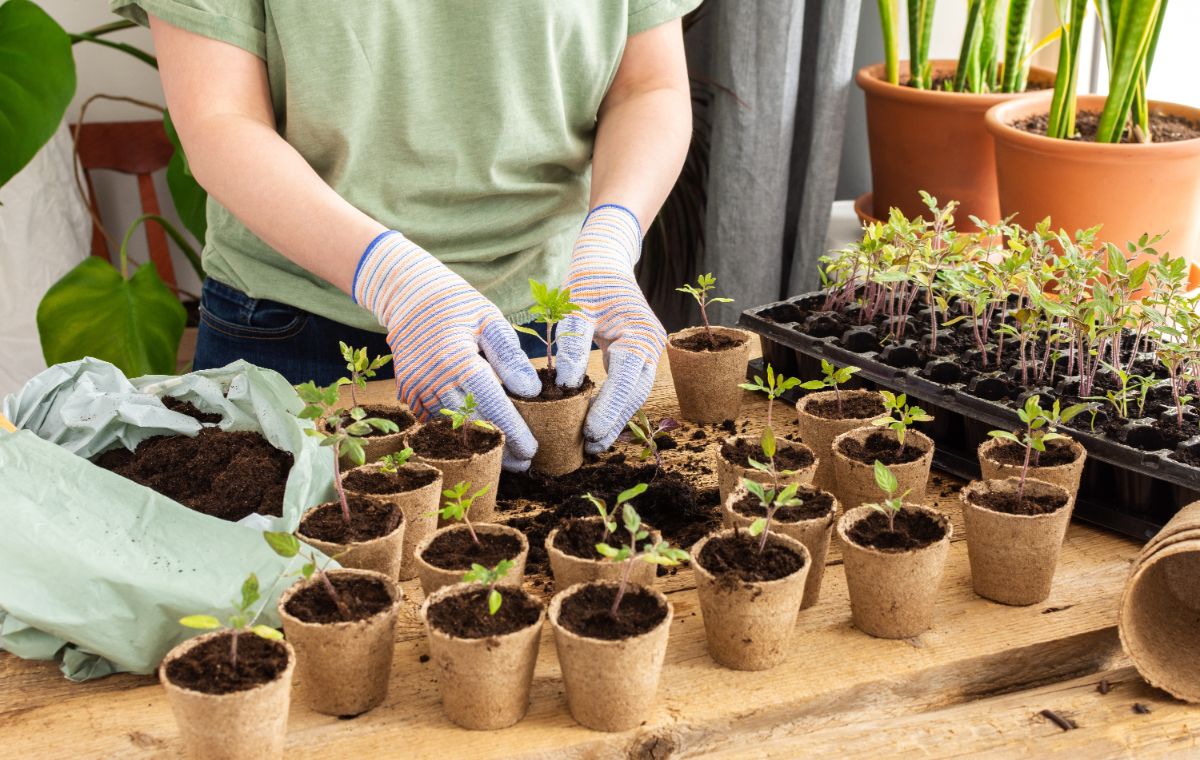
After all, most of us have good access to those packs of pre-grown flower and vegetable transplants at local nurseries, greenhouses, garden centers, and even at big-box stores.
Many of us think about seed starting as something of a next-level gardening practice, something for experienced gardeners. The truth is, growing transplants from seed for your flower and vegetable gardens is something anyone can do with just a little know-how.
There are some real reasons that you should grow your own transplants yourself. We can think of at least a dozen.
Jump to:
- 1. Cost control.
- 2. Wider variety.
- 3. Known availability.
- 4. More control over growing practices.
- 5. More control over planting times.
- 6. Earlier flowering and harvest versus direct sowing outdoors.
- 7. Reduced exposure to insects and disease.
- 8. Ability to grow for seed saving.
- 9. Seed better suited to your region and location.
- 10. Quantity control.
- 11. Sharing, swapping, or selling and side-hustling.
- 12. Food freedom and self-sustainability.
1. Cost control.
Saving money is probably the number one reason that people decide to start their own seed and grow their own garden plants. It’s a good reason.
It’s hard to say exactly how big the cost savings will be when you start your own transplants from seeds because there is a wide range of price, quantity, and quality among seed sellers. However, even if you take a low-end estimate and say a packet of seeds costs you $3.00 US, and you grow six plants to harvest from that packet, your plants are costing you about the same or less than you could buy that six-pack of transplants in a store.
But here’s the thing—your seed packet will have many more than just six seeds, and the leftover seeds can be used next year. (There are a few types of seeds that shouldn’t be saved from one year to the next, but not many.)
2. Wider variety.
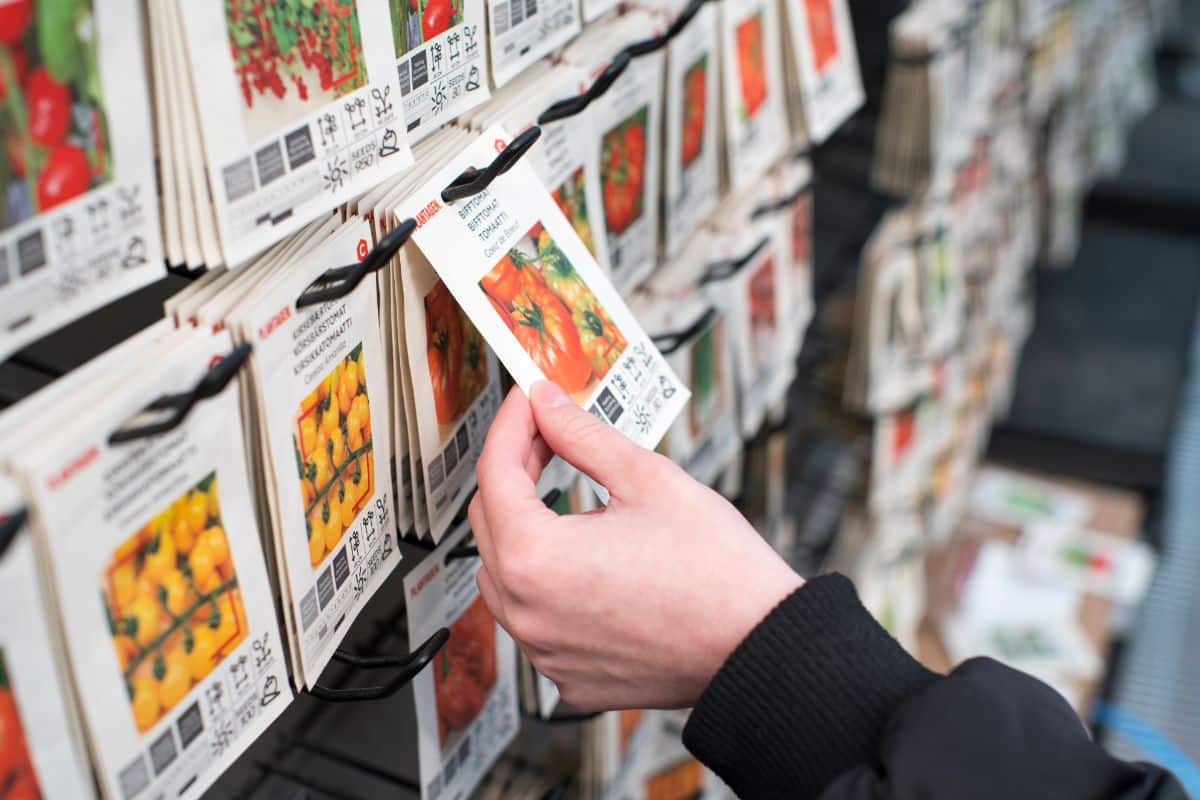
When you buy transplants at the local store, you’re limited to the types of vegetables and flowers that they offer. If you start your own plants from seed, you have a world of seed catalogs and almost limitless varieties to choose from. Not only can you grow several types of vegetables, but you can grow several varieties of each type if you wish. Or you can grow that one really cool-looking kind of heirloom cherry tomatoes. When you grow your own, the choice really is yours.
3. Known availability.
We can’t really know what will be available at local stores and greenhouses or how many people will be trying to buy them this year. Especially in recent years, more people are looking to grow their own food for a variety of reasons. Some are having a hard time affording the high price of fresh food. Some don’t like the way that food is being grown, or the unknown pesticides, herbicides, or growing practices that they are being grown under. Some are afraid the shortages we’ve seen will only continue to get shorter.
Greenhouses and garden centers only buy what they estimate that they will be able to sell. If the demand suddenly skyrockets between planting and selling, there might not be much for you to buy to grow. And by that time, it will be too late to start growing a lot of popular vegetables and flowers.
Grow your own, and you’ll know the supply will be there.
4. More control over growing practices.
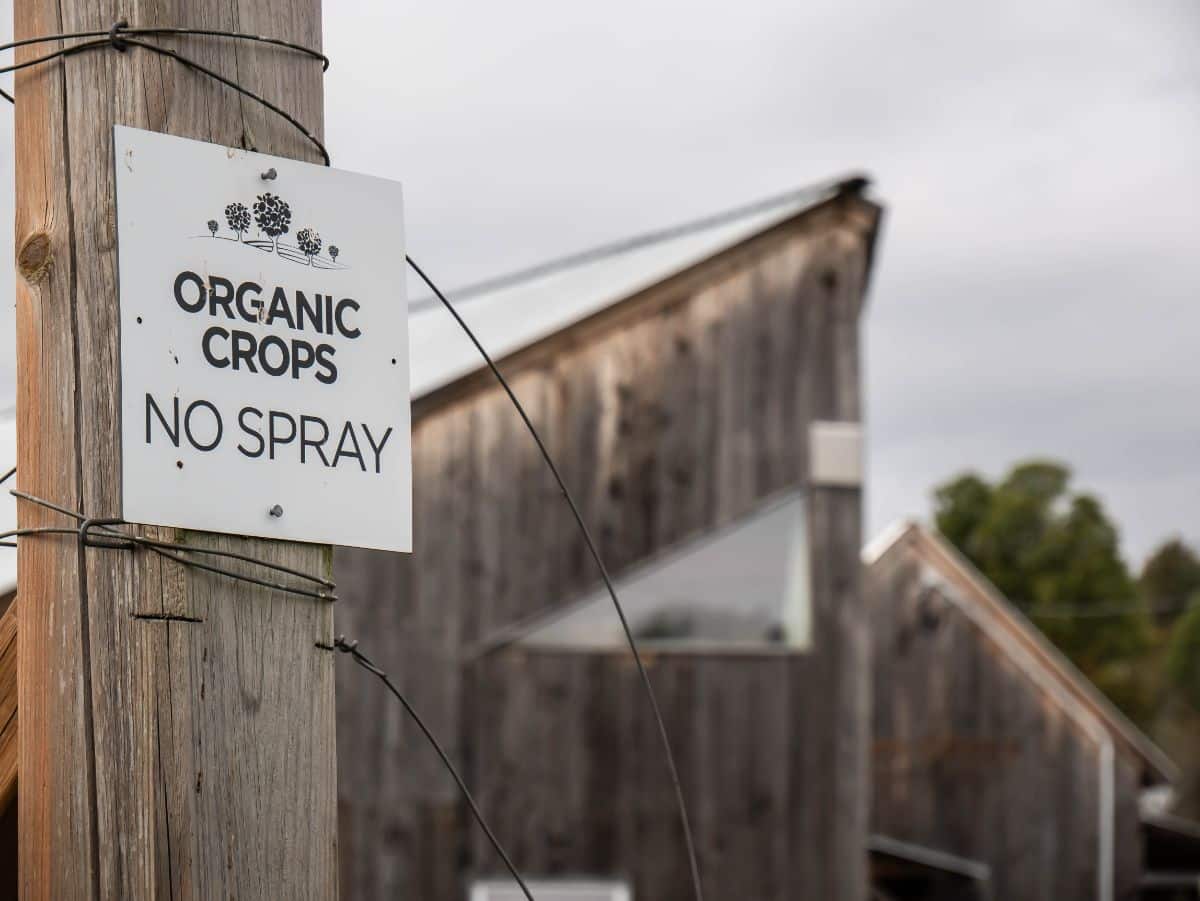
Those growing practices we just mentioned? The ones a lot of us don’t like? The worries we have about pesticides, herbicides, chemicals, and more?
Those are not a worry if you grow your own food from start to finish. If you want to control whether the plants you grow are free from genetic modification, or that they were grown with pollinator-friendly practices, or that they are free of potential poisons and carcinogens, grow your own. Buying organic transplants can help you control some of these factors, too, but that also depends on organic availability and affordability—two of the roadblocks to buying organic.
5. More control over planting times.
We can’t control when garden centers will start stocking their shelves with garden transplants, just like we can’t control what they put on them. We can, however, control what we have available to us at a certain time if we grow our own plants from seed.
Whether you like to plant on the early side or whether you want transplants for succession planting or a fall garden, if you can grow your own, you can have those plants whenever you want them.
6. Earlier flowering and harvest versus direct sowing outdoors.
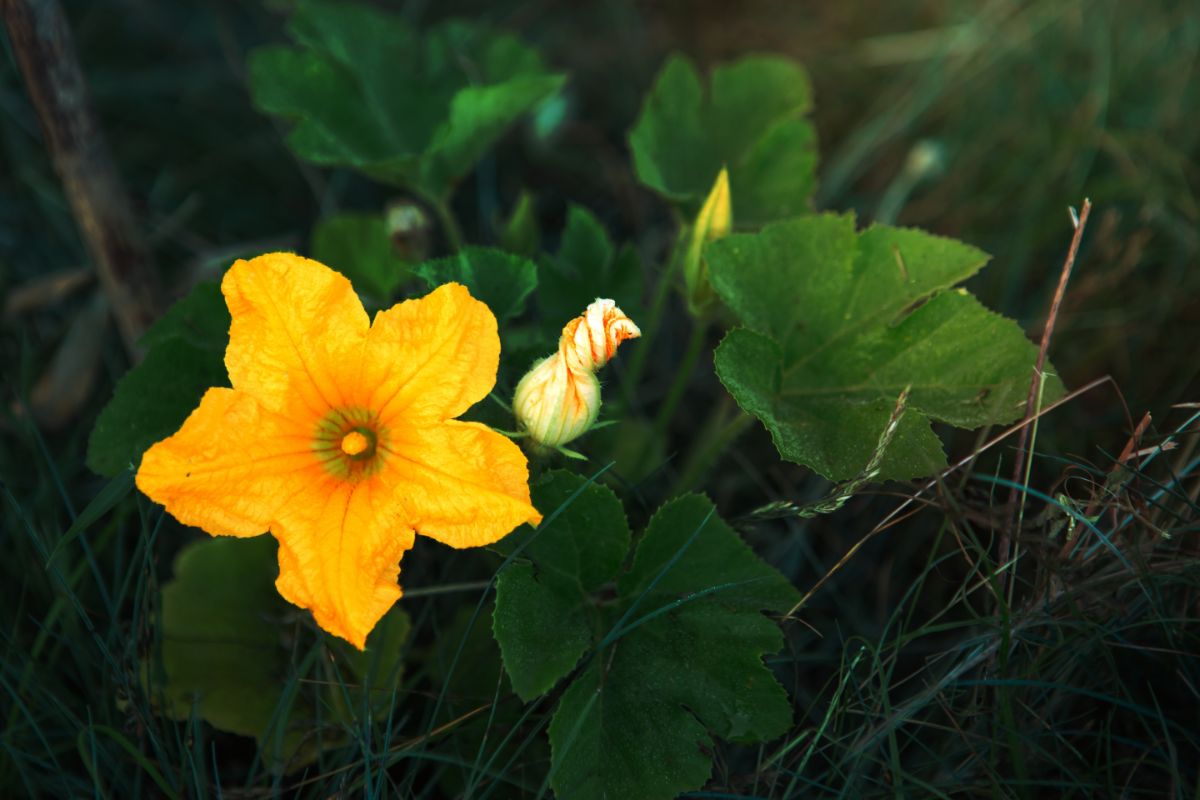
Starting plants from seed indoors gives you a jump on the growing season. You can start your seeds months earlier than you can plant them outside in most regions. In fact, for many vegetables, if you don’t start them ahead of time inside, you won’t be able to grow them long enough to get a harvest.
The earlier you get your plants in the ground after your last frost, the less time it will take to get them to fruit and flower—so your harvest period and blooming period will last longer and give you more produce.
7. Reduced exposure to insects and disease.
To some extent, insects are just a part of garden life. Very few of us get away with not having to deal with garden pests. But that doesn’t mean we have to invite in more. Insects are also common vectors of disease (though certainly disease and fungal spores, too, can come from Mother Nature).
Insects, eggs, larva, and diseases can come in with garden transplants and with soil, too. This is how new diseases and pests spread from place to place sometimes (for example, this is how the United States comes to suffer from bugs like Japanese beetles from as far away as Asia).
The less you bring in from outside growers, the less chance you have of bringing insects and disease-causing pathogens along with it. A closed garden system may not be 100% disease free, but it will be better protected than a garden that relies heavily on outside sources.
8. Ability to grow for seed saving.
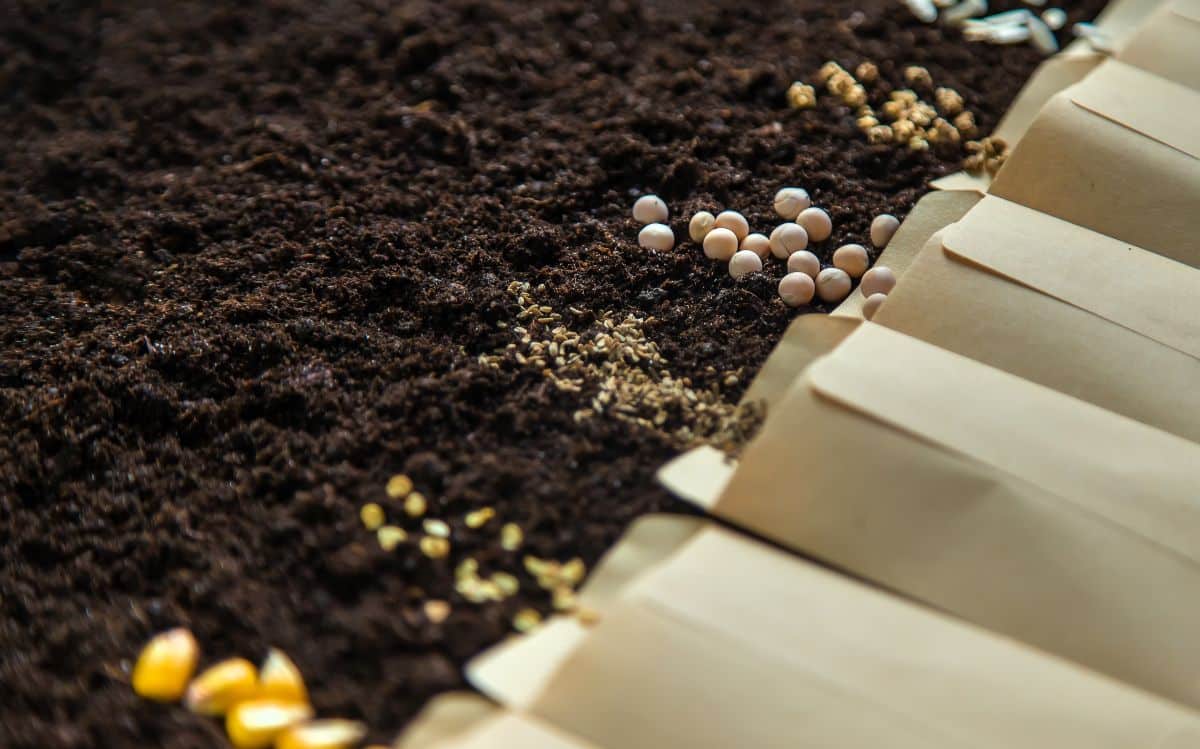
If you want to start saving your own seed and regrowing from the seed you save, you will need to grow from open-pollinated or heirloom plants. These aren’t very commonly available in conventional plant supplies; they may not even be available in organic transplant options. Even if they are, they may or may not be labeled as such.
If you don’t know the origin and type of seed the plant grew from, you can’t really rely on it producing good seed for saving and regrowing. To be certain your plant will produce viable seed for seed saving, grow those plants from seed that you have selected and that you know can be collected later.
9. Seed better suited to your region and location.
When you pick the seed and the plant that grows from it, when you pick the type and variety, you can pick seeds and plants that are proven to perform well in your area. This is a big reason why different varieties of the same type of plant are developed—to accommodate for the specific growing conditions, pests, and diseases that selected areas to deal with.
This is something especially worth considering if your only buying option for is big box stores. These stores buy in large volumes and don’t pay as much attention as they should to where the plants will be grown. A local greenhouse or grower is more likely to be selective and choose varieties that are better suited to the area where they know they will be grown, but big box stores aren’t as conscientious and don’t always know where those plants are going to be grown.
One other note—if you are saving seed from plants you grow, over time, they should become more acclimated to your garden and to your growing region, too. So, if the plants that you grow are already a better match, you’ll be strengthening your garden each year of the process.
10. Quantity control.
How many times have you gone to buy plants for your garden and had to buy more than you wanted because they are only sold in packs of six? What if you only wanted one?
Does anyone need a six-pack of zucchini?
Or, on the other hand, how many times have you gone to buy, and the quantity isn’t big enough, so it drives up the cost because you have to buy six individual potted plants?
When you start your own seed, you can grow just the amount you want of the exact fruits, flowers, and vegetables you want. (We would recommend overplanting by a little bit in case you lose a plant or two here and there, as we often do).
11. Sharing, swapping, or selling and side-hustling.
While you’re at it, you might choose to plant a little more than you need; then, you can have some extra plants for sharing, donating, swapping, or selling to help cover some of your garden costs. By doubling or tripling what you plant, it is quite possible you could sell enough extras to pay for your seeds and supplies—free food!
12. Food freedom and self-sustainability.
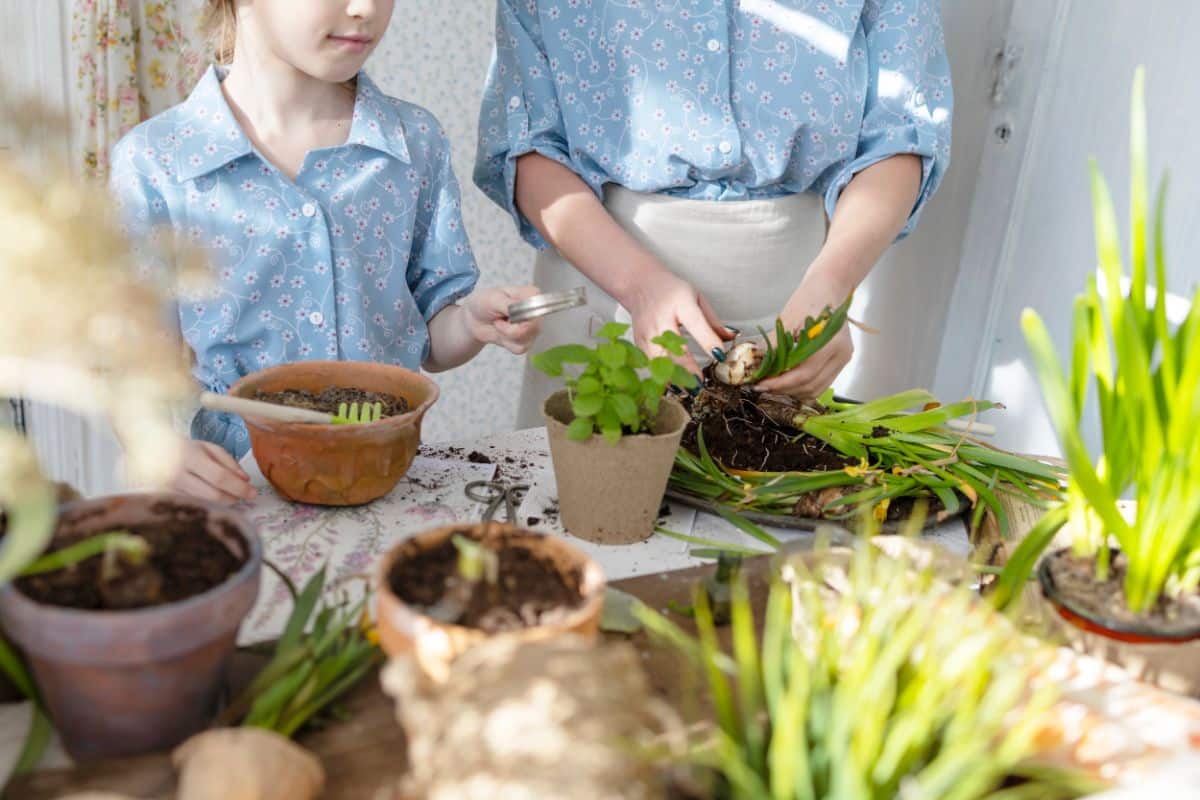
Finally, when you start growing your own plants from seed, you are growing your food more independently. You gain freedom and become more self-sufficient and more self-sustaining.
You no longer need to rely on others to grow your own food.
When you learn to grow your own plants from seed, you learn a skill that can never be taken away from you, even if there are years when you decide not to grow your own transplants.
A garden skill learned is a garden skill earned, and that is a gift that can never be taken away!

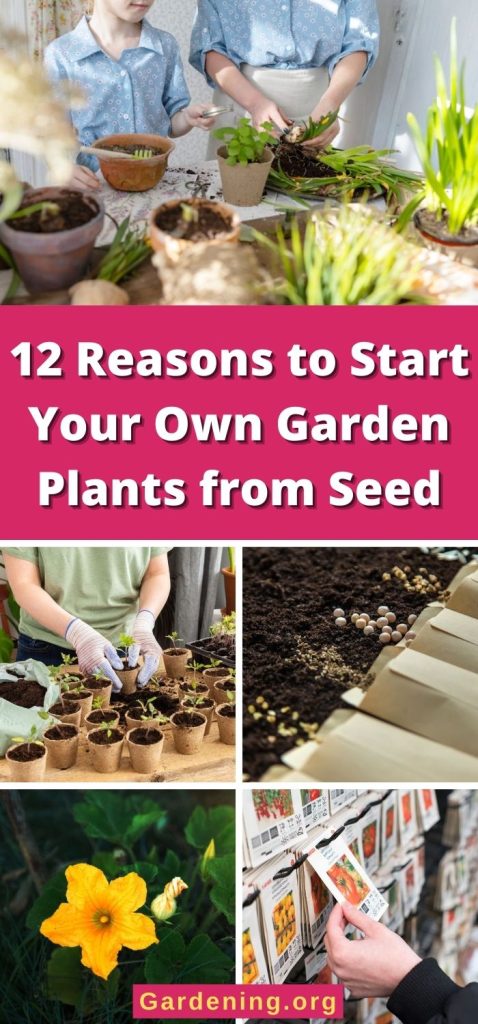
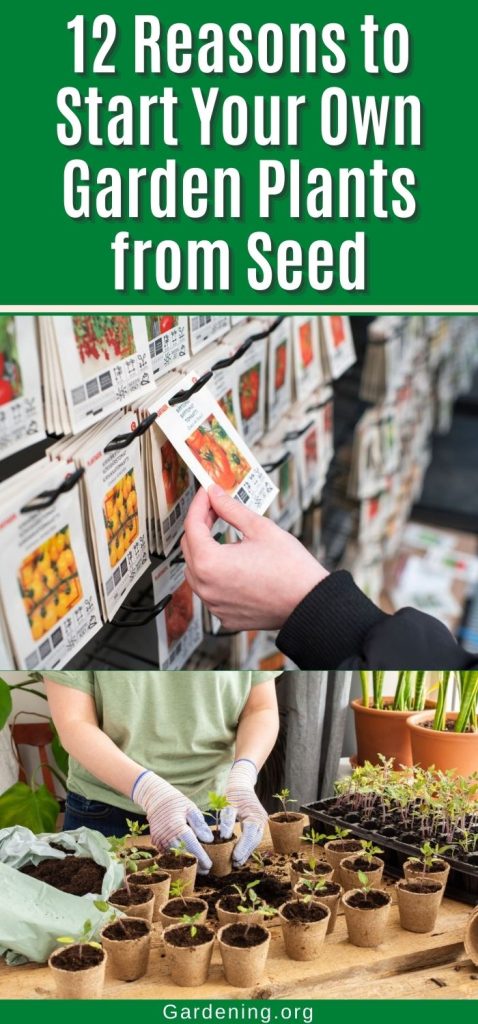
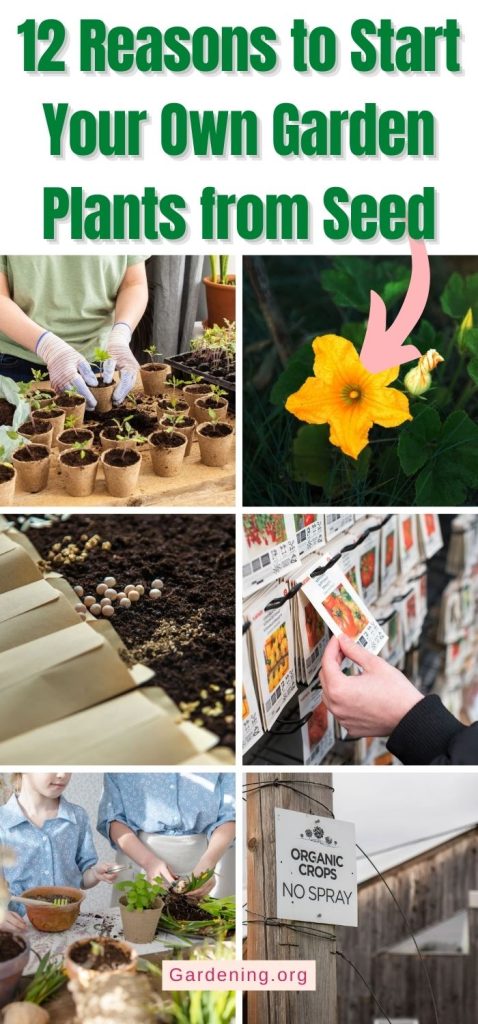
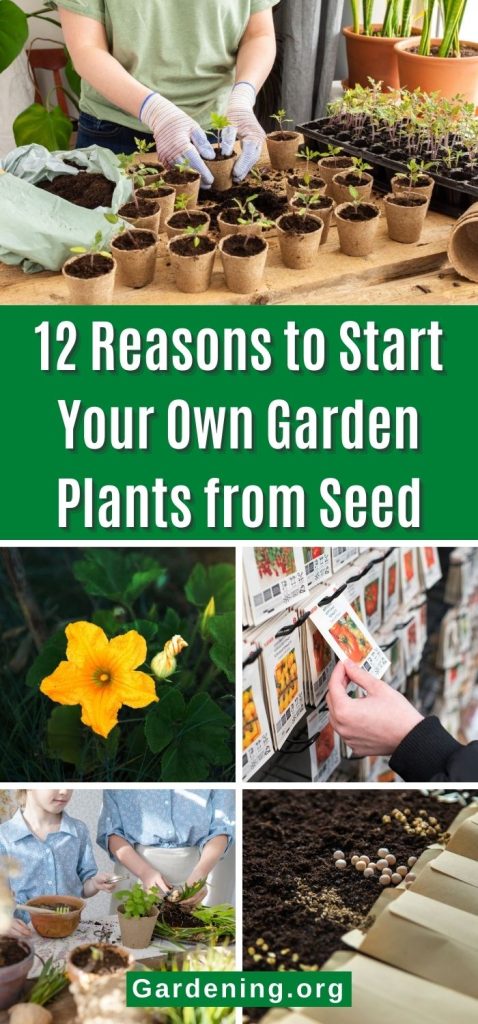

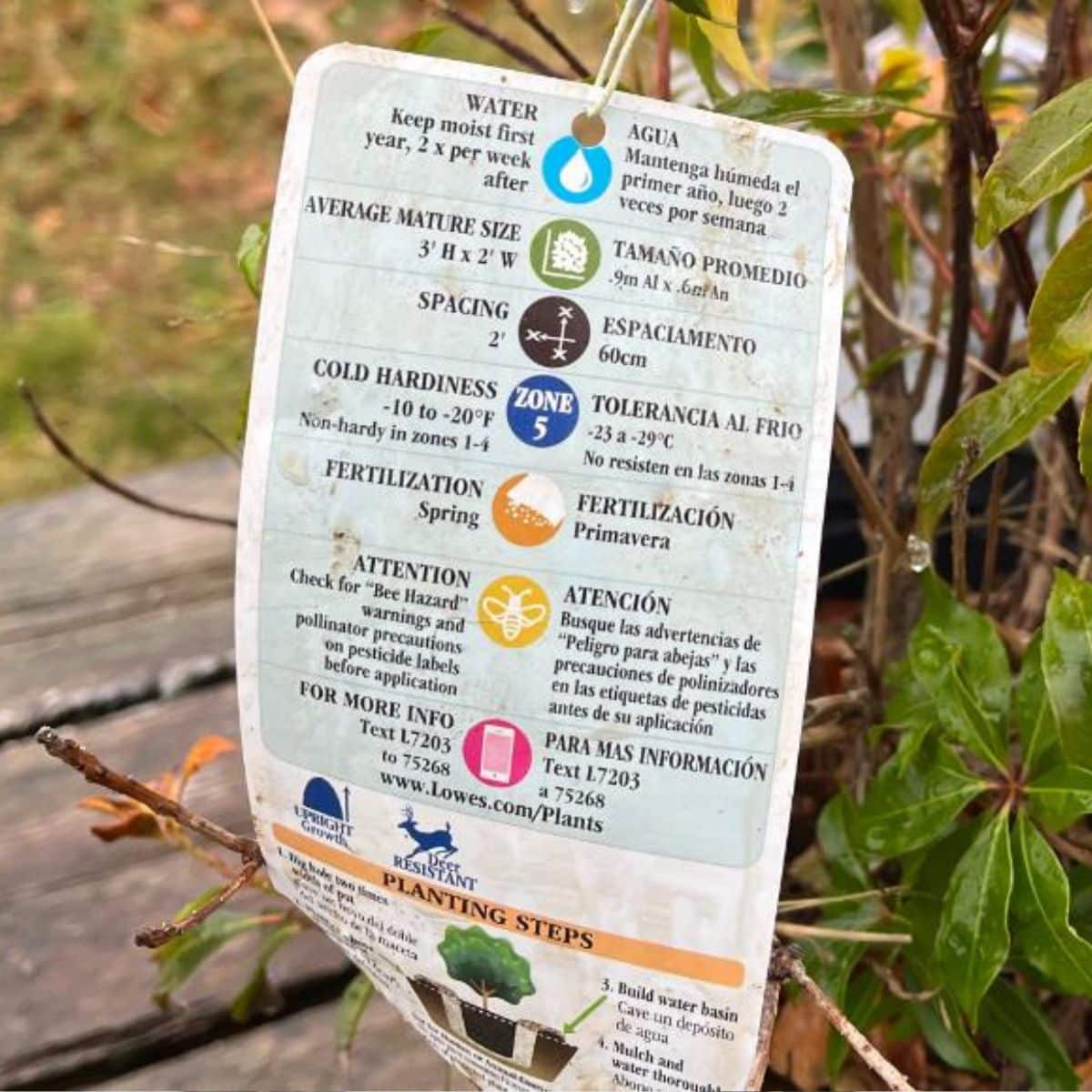
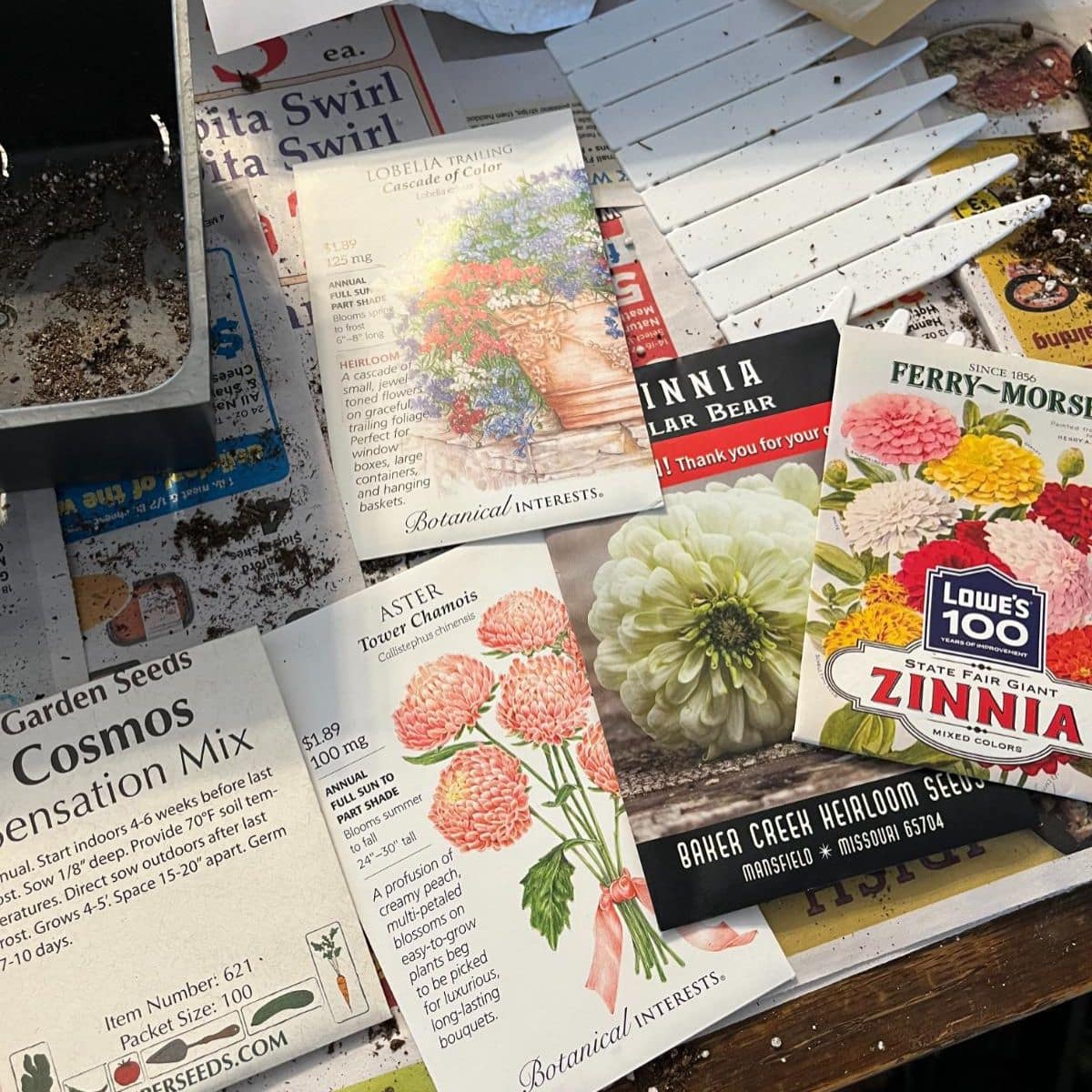
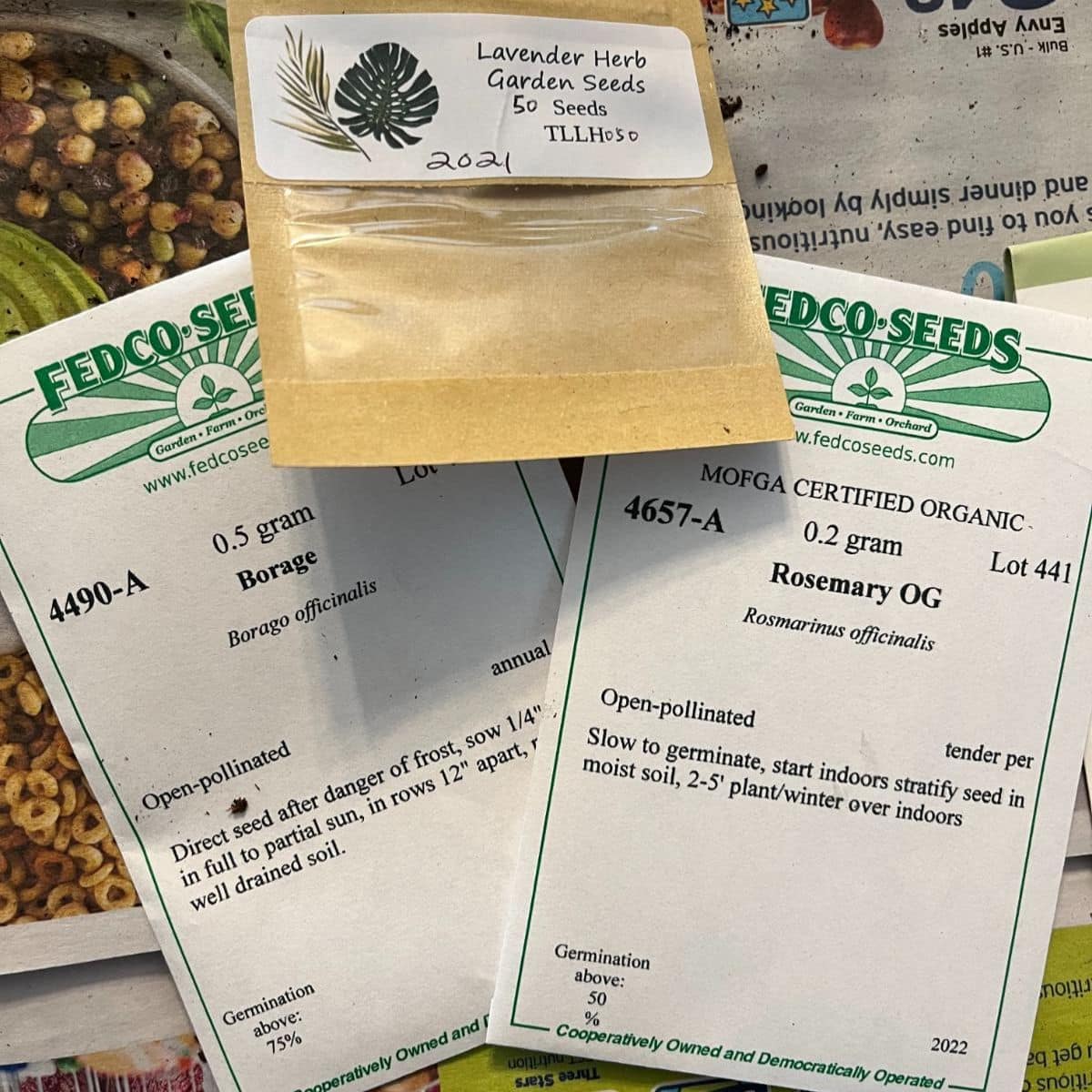
Leave a Reply